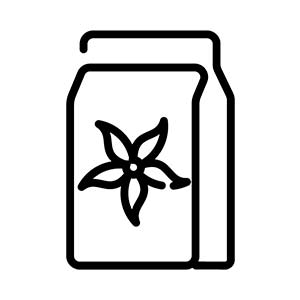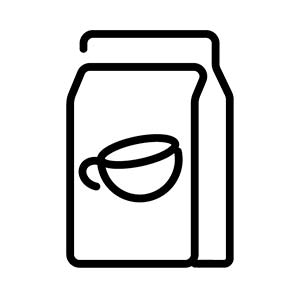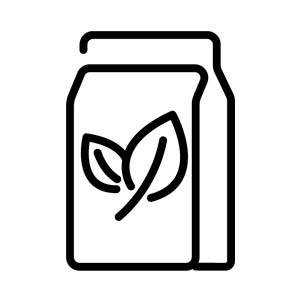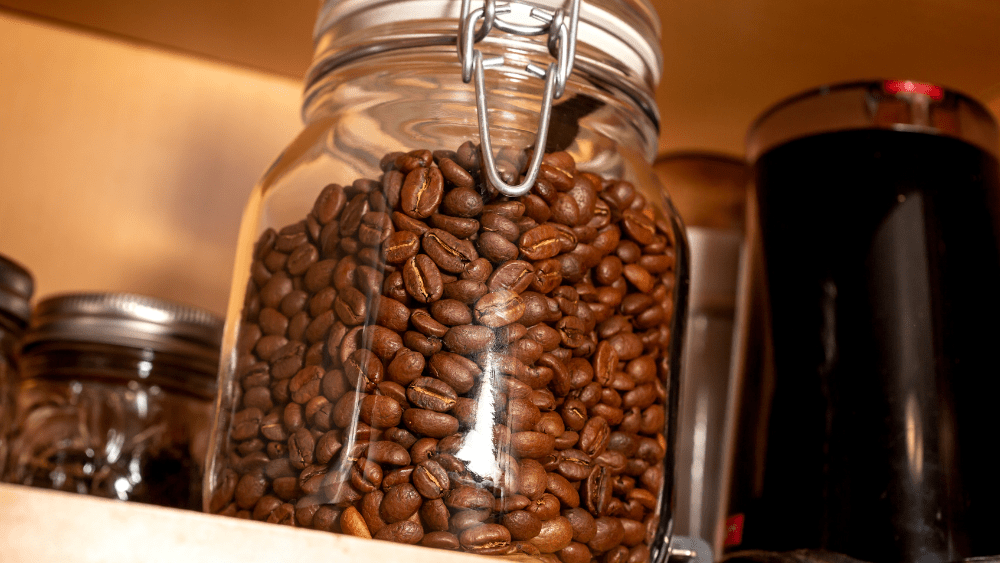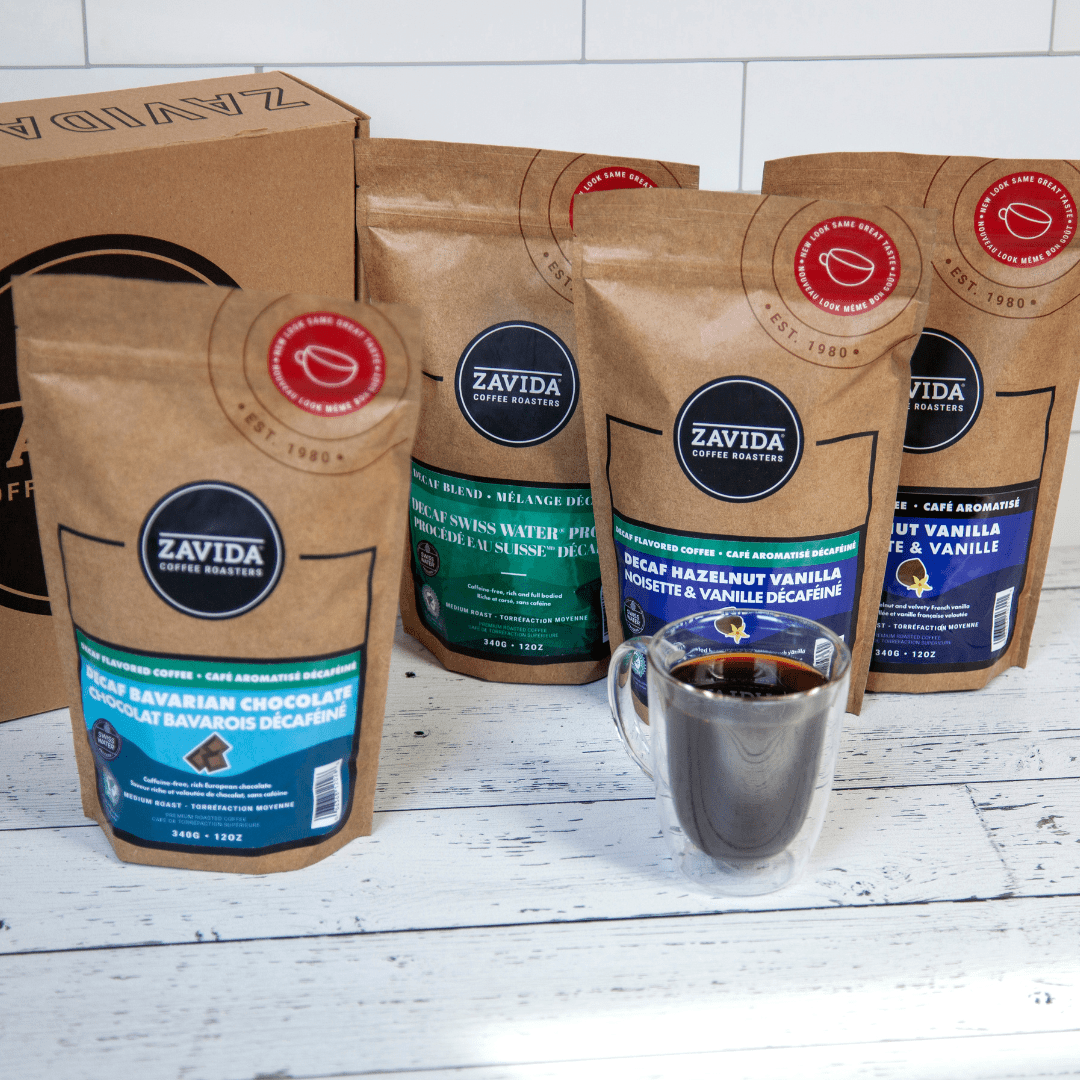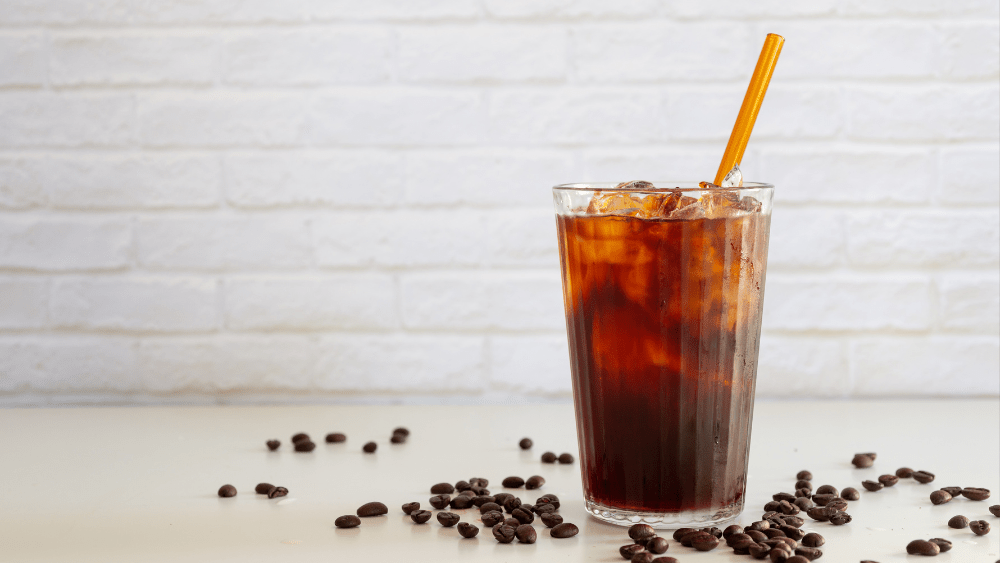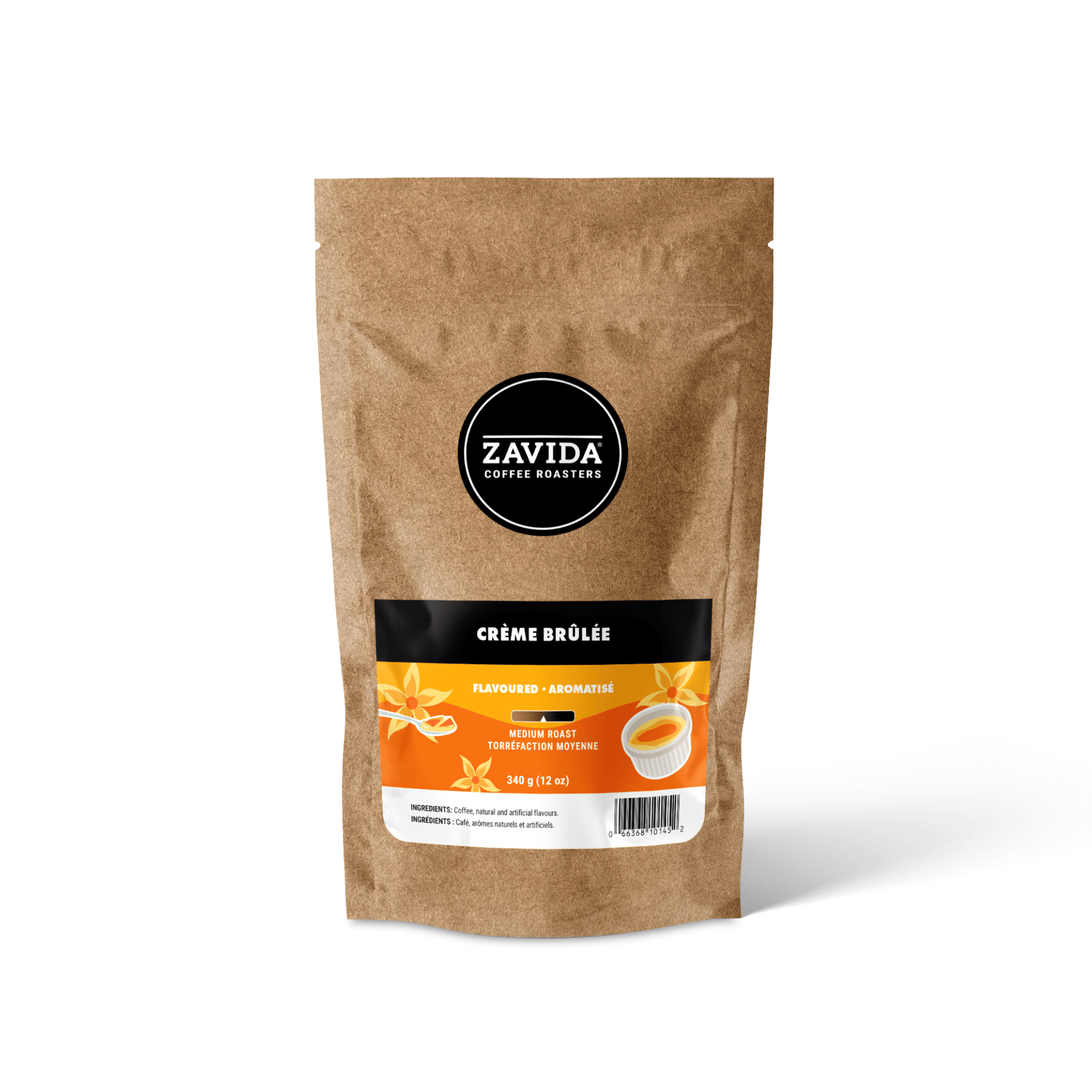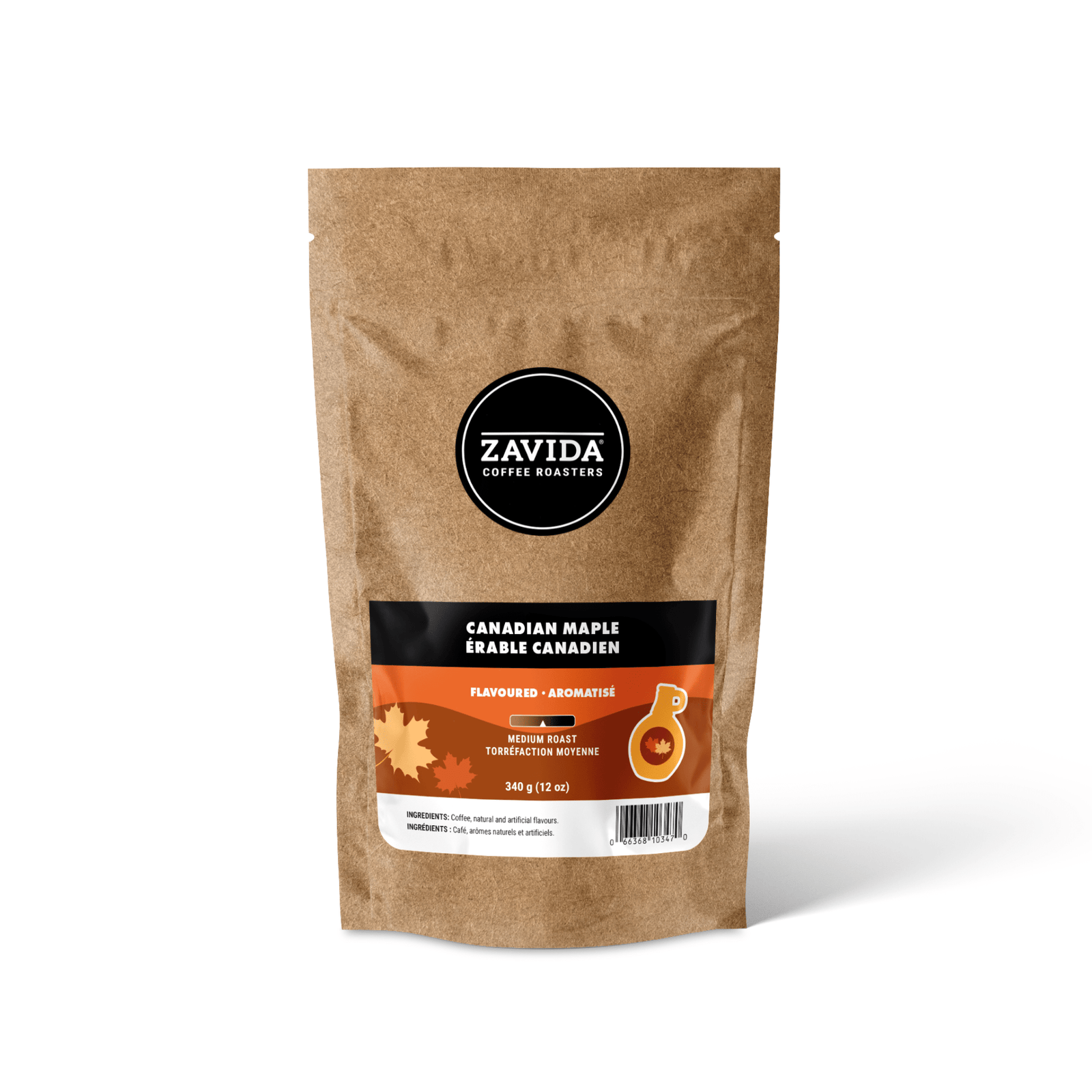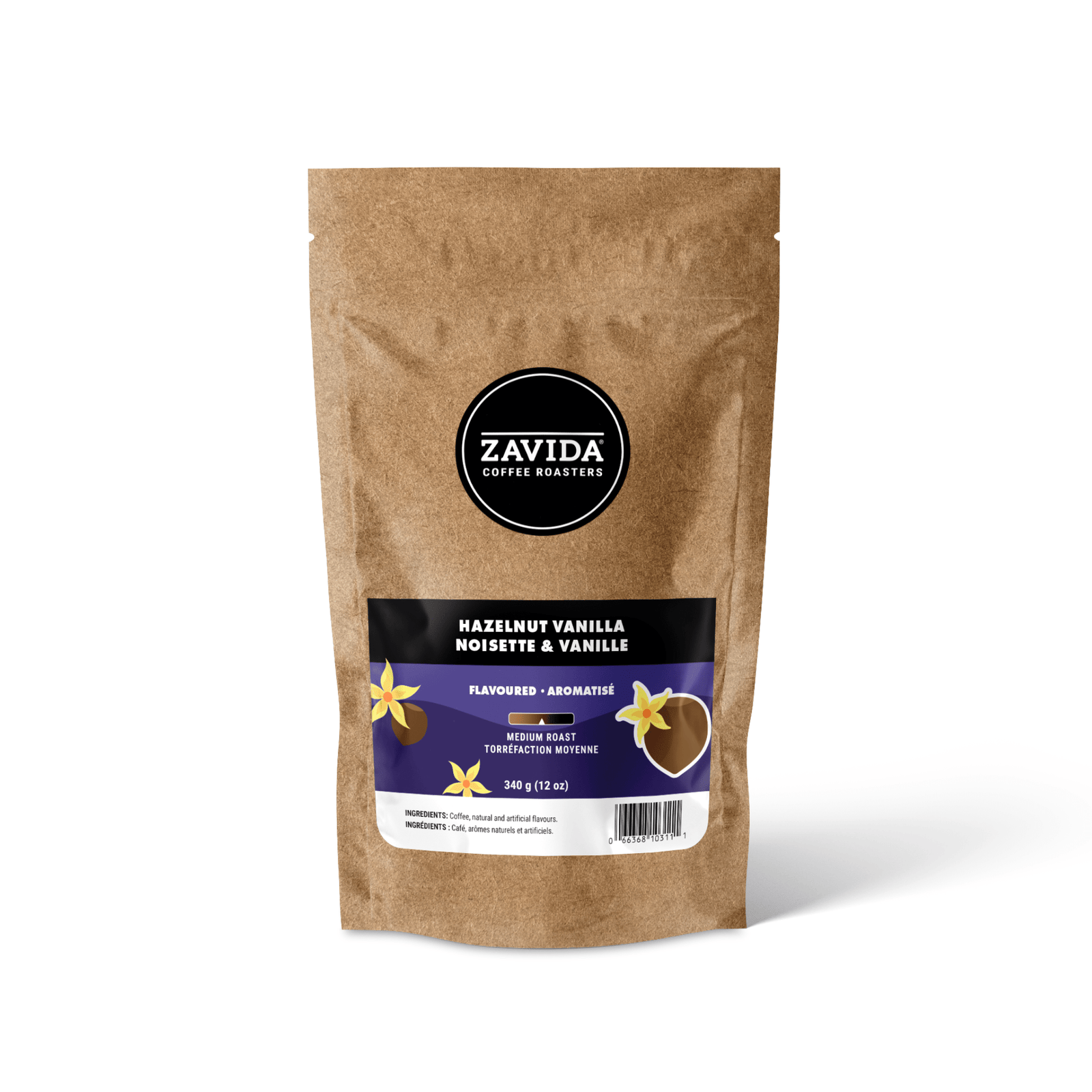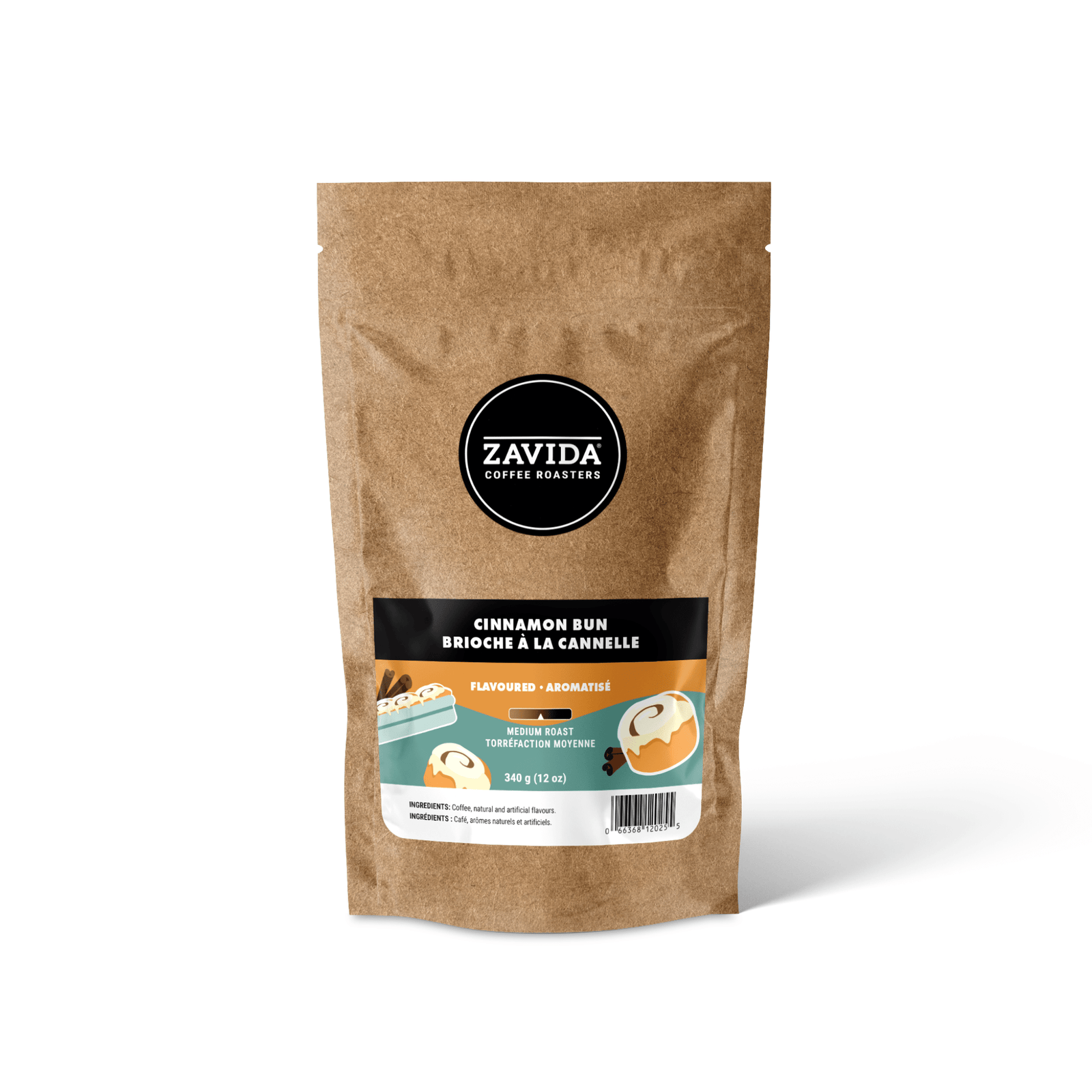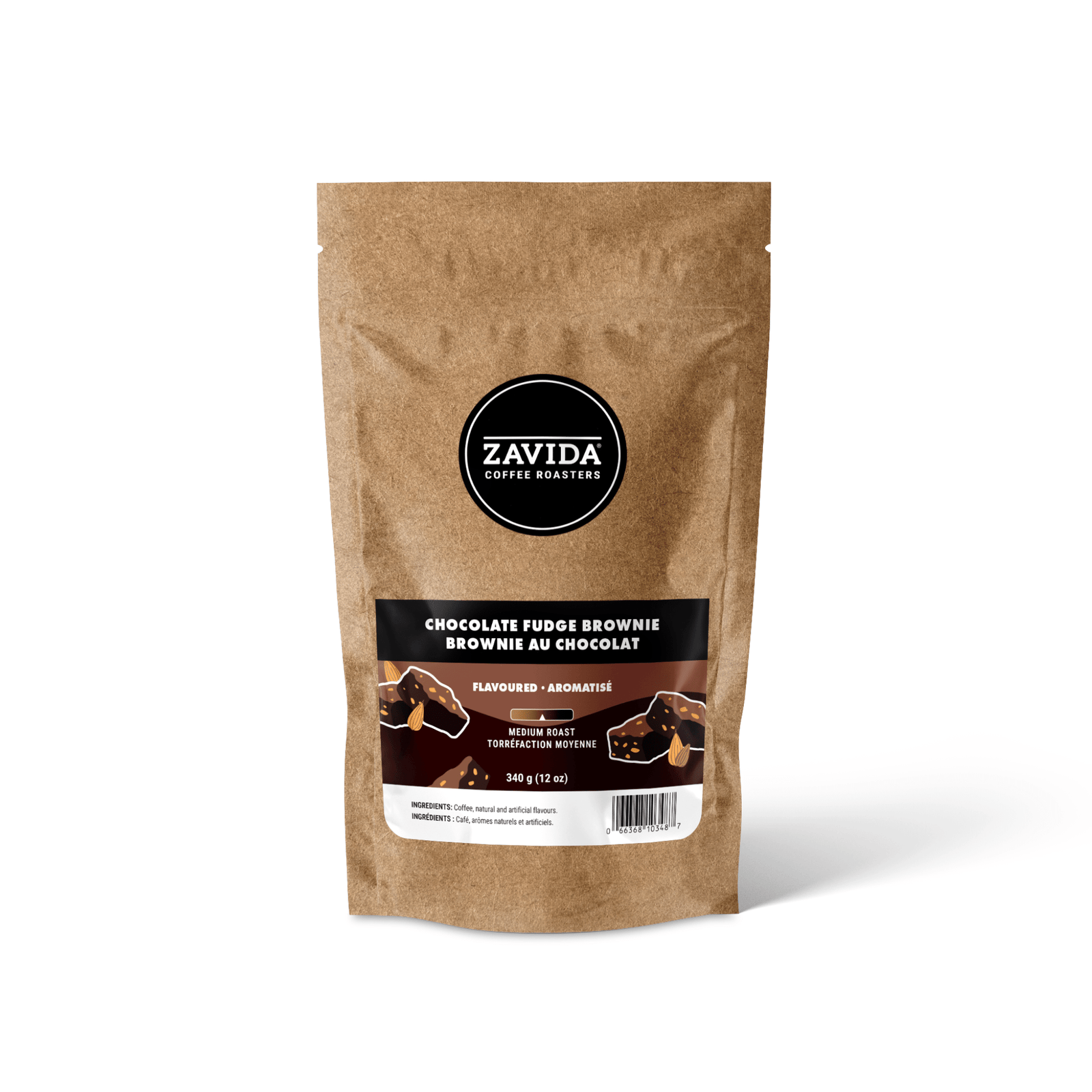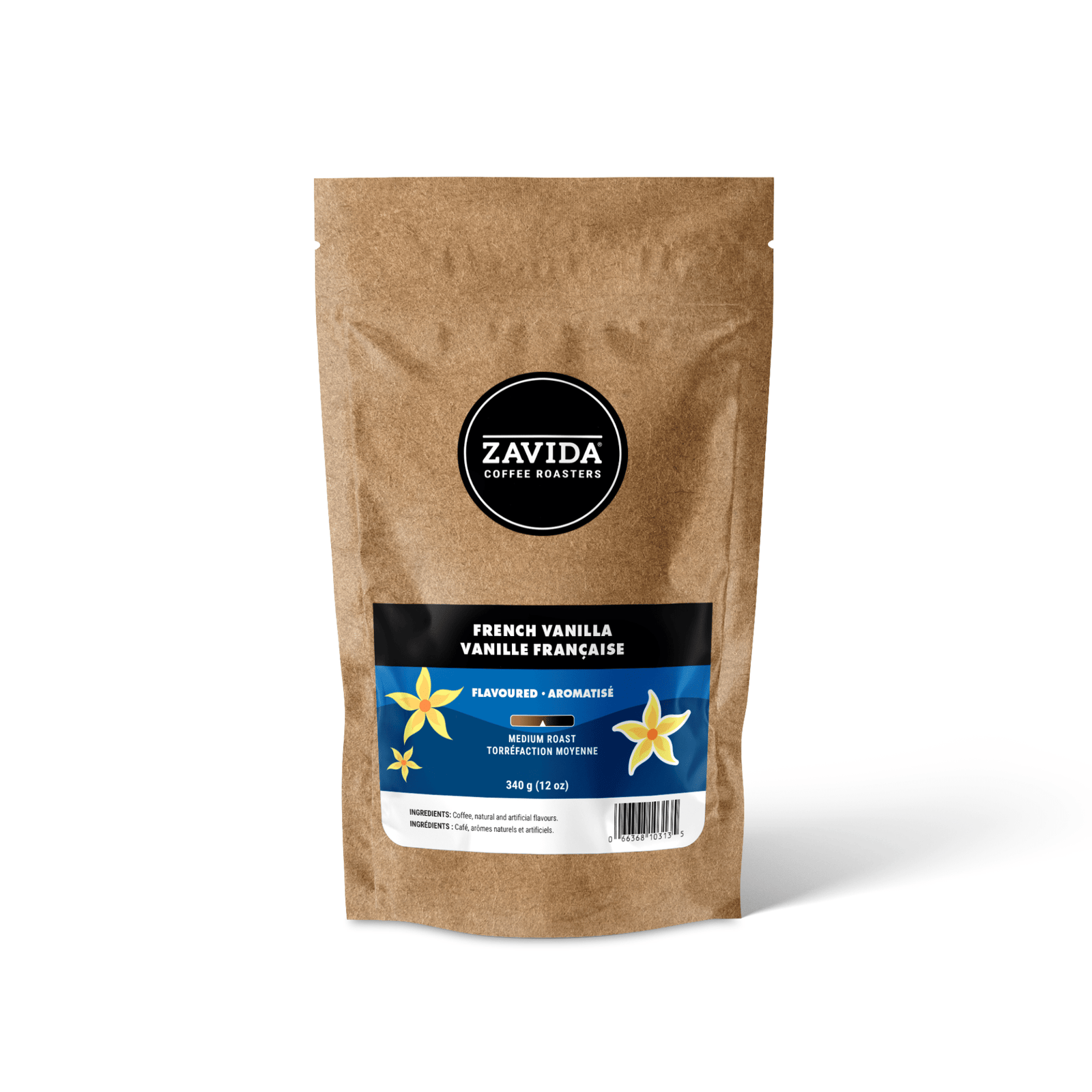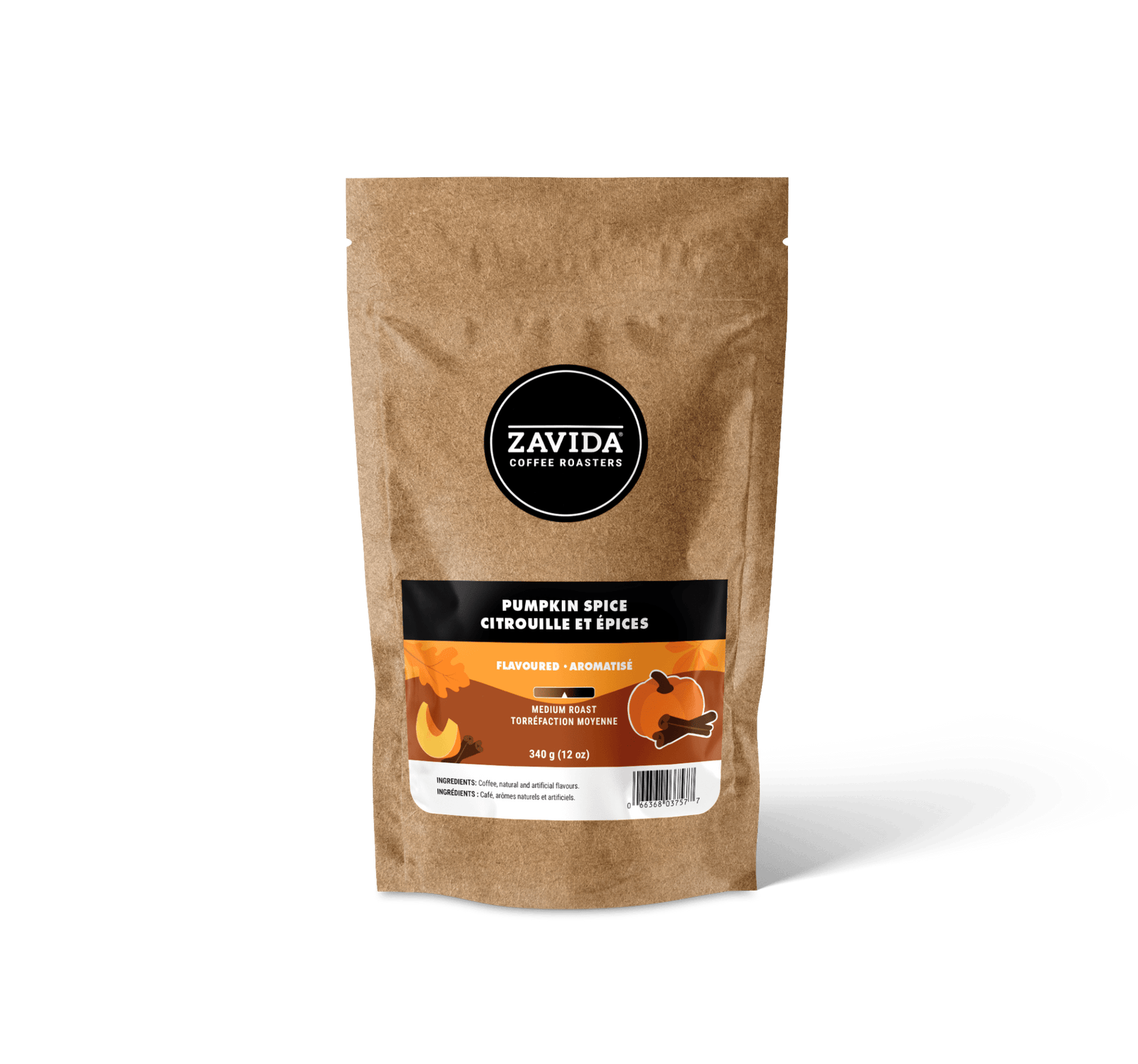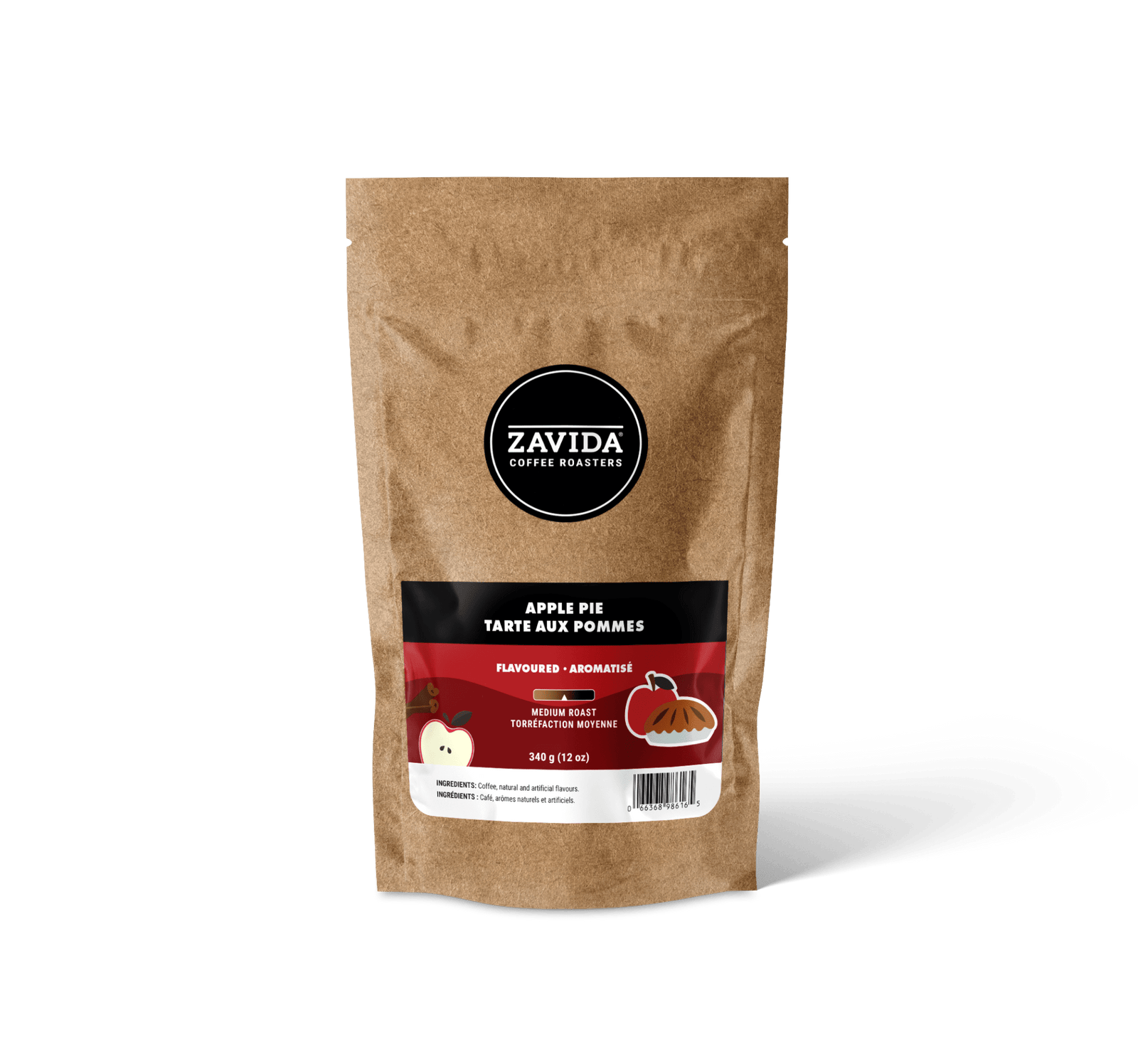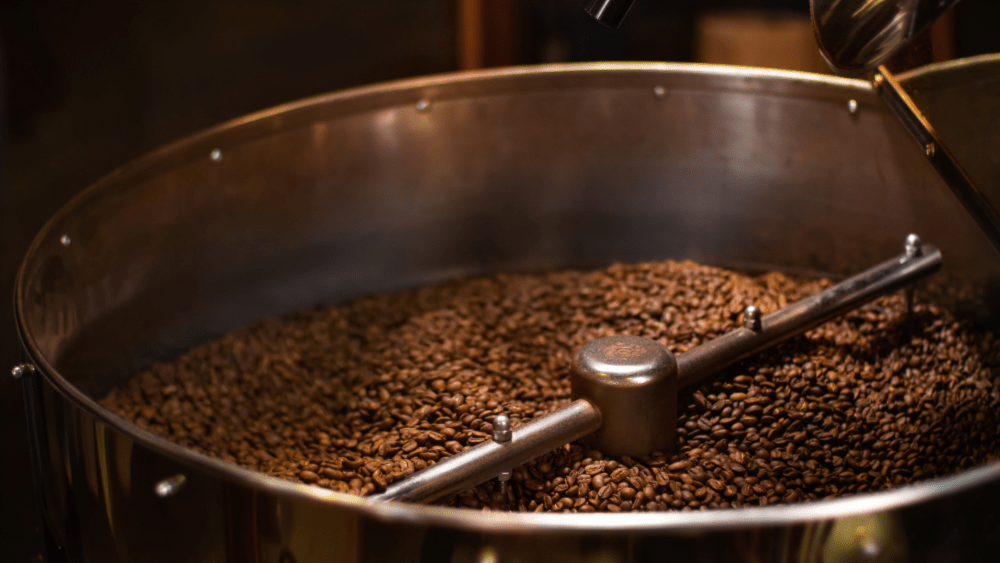
Croyez-le ou non, la torréfaction du café gourmet est une véritable prouesse scientifique ! Elle implique plusieurs étapes précises, une forme de mesure de la couleur, et à un moment donné, les grains de café doublent presque de volume et perdent jusqu'à 25 % de leur poids initial.
La vérité est que, même si nous sommes extrêmement fiers de notre processus unique, le côté technique de la torréfaction du café ne constitue pas exactement l'article de blog le plus intéressant, mais quoi que vous fassiez, ne le dites pas à notre maître torréfacteur - c'est un homme très sensible.
Que vous cherchiez à impressionner vos collègues à la cafétéria ou que vous soyez intéressé par les projets de bricolage et que vous souhaitiez essayer de torréfier vos propres grains à la maison, nous avons trouvé 5 choses (intéressantes) que vous ne savez peut-être pas sur la torréfaction du café :
Atteindre le point de couleur
Une fois la couleur de torréfaction atteinte, le grain doit être refroidi rapidement pour éviter qu'il ne noircisse davantage. Les grains de café continuent de noircir, même après avoir été torréfiés !
Niveaux de caféine
L'une des idées reçues les plus répandues sur le café est que les cafés torréfiés foncés contiennent plus de caféine. C'est faux ! Plus un grain de café est torréfié longtemps, moins il contient de caféine. Alors, si vous recherchez un café plus relevé, optez pour une torréfaction légère comme notre Original Noisette Vanille.
Types de torréfacteurs
Il existe de nombreux types de torréfacteurs. Chez Zavida, nous utilisons principalement des torréfacteurs à tambour perforé et à tambour plein. La différence réside dans le fait que les torréfacteurs perforés font circuler l'air chaud autour des grains, tandis que la chaleur est transférée directement à travers un tambour plein.
Mesures précises
Comme mentionné précédemment, la couleur d'une torréfaction est mesurée avec précision. Nous utilisons un appareil appelé Agtron, dont le son semble tout droit sorti d'un film Transformers, pour analyser la couleur de la torréfaction en illuminant la surface du grain de café et en mesurant l'énergie réfléchie. Bien que variable, imaginez une échelle de 0 à 100, 0 correspondant à un café entièrement noir et 100 à un café blanc. Un café torréfié foncé se situerait autour de 30 points.
Il est très important de préchauffer les torréfacteurs avant d'y introduire les grains de café. C'est le même principe que de préchauffer le four avant d'y placer une pizza. Mettre des grains de café dans un torréfacteur froid les rend instables – et c'est à éviter !

